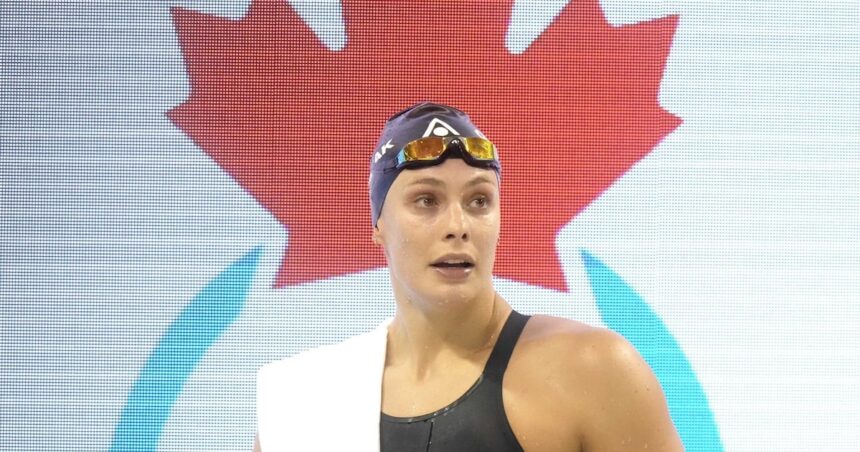In the world of elite sports, athletes live under a microscope that extends far beyond their performance on the field. The invisible infrastructure of anti-doping regulations has created what amounts to a sophisticated tracking system that follows competitors wherever they go—even during their off-season vacations or family emergencies.
The “whereabouts” rules, as they’re known in sports governance circles, require top athletes to provide detailed information about their location for one hour each day, 365 days a year. This system allows doping control officers to conduct unannounced tests—widely considered the most effective method for catching those who might use prohibited substances.
“Athletes at the highest level have essentially surrendered a significant portion of their privacy,” explains Dr. Martin Lacroix, sports ethics professor at Université de Montréal. “Most people would find it unimaginable to have to report their daily location to authorities, but for elite athletes, this has become an accepted cost of participation.”
The stringency of these rules became international news last month when Chinese swimmer Sun Yang received an eight-year ban for breaking anti-doping protocol during a surprise test. Sun’s case highlights the consequences athletes face when they fail to comply with the complex testing infrastructure that underpins modern competitive sports.
For Canadian athletes, these whereabouts requirements create a constant administrative burden. Three-time Olympic medalist Penny Oleksiak once described the process as “like having a part-time job just keeping your location updated.” Athletes must provide their training schedules, competition plans, home addresses, and even temporary accommodations when traveling.
The system’s purpose is clear—to maintain the integrity of sports by ensuring fair competition. Yet questions persist about the psychological toll of living under such surveillance. A 2023 study published in the Journal of Sport Psychology found that 64% of elite athletes reported increased anxiety related to whereabouts compliance, with many citing fear of accidental violations as a significant stressor.
“We’re asking athletes to become logistics managers while also expecting peak physical performance,” notes Claire Thompson, athlete advocate and former competitive swimmer. “There’s an enormous mental load that comes with knowing a missed update could end your career.”
The Canadian Centre for Ethics in Sport, which administers the Canadian Anti-Doping Program, processes thousands of whereabouts updates annually. Athletes use a specialized app called ADAMS to maintain their information, but even with technological assistance, the requirement remains burdensome. Three whereabouts failures (missed tests or filing failures) within a 12-month period can result in a suspension of up to two years—potentially devastating for athletes with limited competitive careers.
What makes these rules particularly challenging is their uncompromising nature. If an athlete’s grandmother dies unexpectedly and they rush to be with family without updating their whereabouts, they could face a violation. If their flight is delayed or canceled, leaving them unable to be at their designated location, the responsibility still falls on them.
Critics argue that the system places disproportionate pressure on athletes from developing nations or those with less robust support systems. While wealthy competitors might employ staff to handle their whereabouts updates, others manage these requirements alone, increasing their vulnerability to technical violations rather than actual doping.
“The system reflects our societal approach to rule enforcement,” explains sociologist Dr. Rebecca Chen. “We’ve created a structure that demands perfect compliance rather than one that prioritizes proportional responses to actual cheating.”
As sports continue to grapple with evolving doping techniques, the whereabouts system remains a cornerstone of enforcement efforts. Yet the question remains: at what point does the burden of compliance begin to threaten the wellbeing of the very athletes these rules aim to protect?
For now, the onus remains squarely on athletes—track your location, update your whereabouts, and don’t miss that testing window. The alternative is a career potentially ended not by injury or performance decline, but by administrative failure.
In the complex ecosystem of modern sports, perhaps the most challenging competition isn’t against opponents but against the relentless demands of the anti-doping bureaucracy itself.
For more perspectives on culture and sport, visit CO24 Culture or explore emerging social trends at CO24 Trends.










